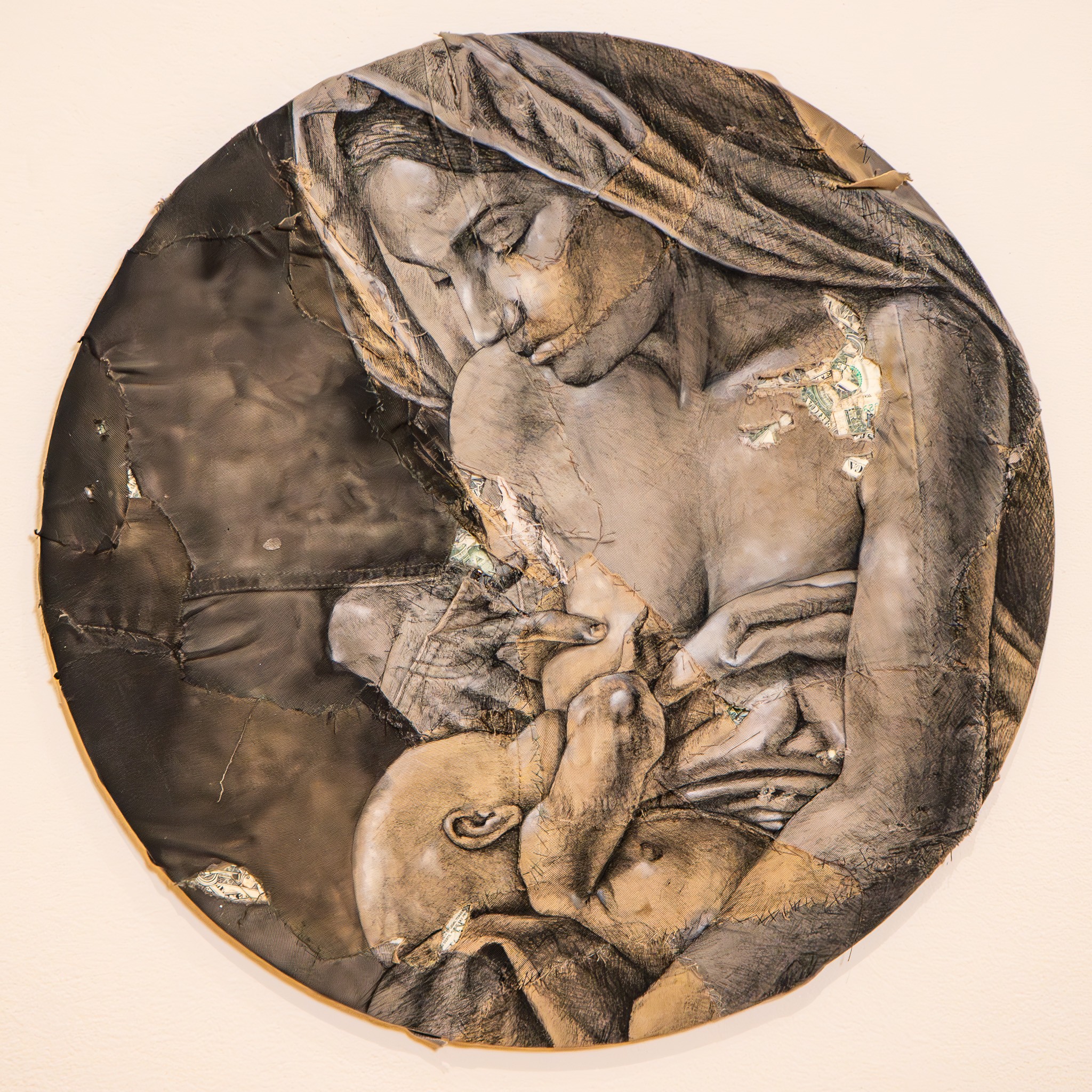We recently connected with Olivia Rachel Austin and have shared our conversation below.
Olivia Rachel, appreciate you joining us today. Can you open up about a risk you’ve taken – what it was like taking that risk, why you took the risk and how it turned out?
The most significant risk I’ve taken as an artist has been committing to a voice that doesn’t fully belong anywhere.
My work deals with hierarchy, agency, gender, poverty, and belief systems—often through the lens of growing up in the rural South. For years, I tried to make work that looked “neutral,” trying to process the complexity of my environment without putting myself at the center. But once I allowed my personal experience to guide the work—my femininity, my Southernness, my disillusionment with systems that shaped me—that’s when everything changed.
And that’s when the real risk began.
In the art world, this risk has often meant exclusion. My work doesn’t fit neatly into the dominant conversations or trends. It doesn’t aestheticize Southern culture, nor does it offer a sanitized version of identity. I don’t approach my subject matter as a distant observer—I speak from within it. And that complicates how I’m received. I’m frequently labeled a “Southern artist,” yet the themes I bring forward—poverty, patriarchal norms, religious determinism—are exactly the ones many in the South would rather leave unspoken.
This leaves me in a strange liminal space. The art world often doesn’t know what to do with me, and the place I came from doesn’t want to hear me. Still, I persist, because silence is not neutrality. The work demands honesty, even if that honesty isolates me.
I create altar-like structures out of pine, newspaper, ink, and thread. I draw figures with dignity—figures who, like me, exist within layered systems of control and inheritance. I create spaces where questions live longer than answers. Pieces like “Game Trails”, “Reprise”, and “Menfolk” reflect this ongoing negotiation: How do you make work that honors your truth when your truth doesn’t fit the boxes offered to you?
This is the risk: I’ve chosen to be authentic in a world that often rewards performance. I’ve chosen to speak about the unseen, the unwanted, and the unresolved—not just out of courage, but out of necessity. And though the space I occupy is lonely at times, it’s also where the real work lives.
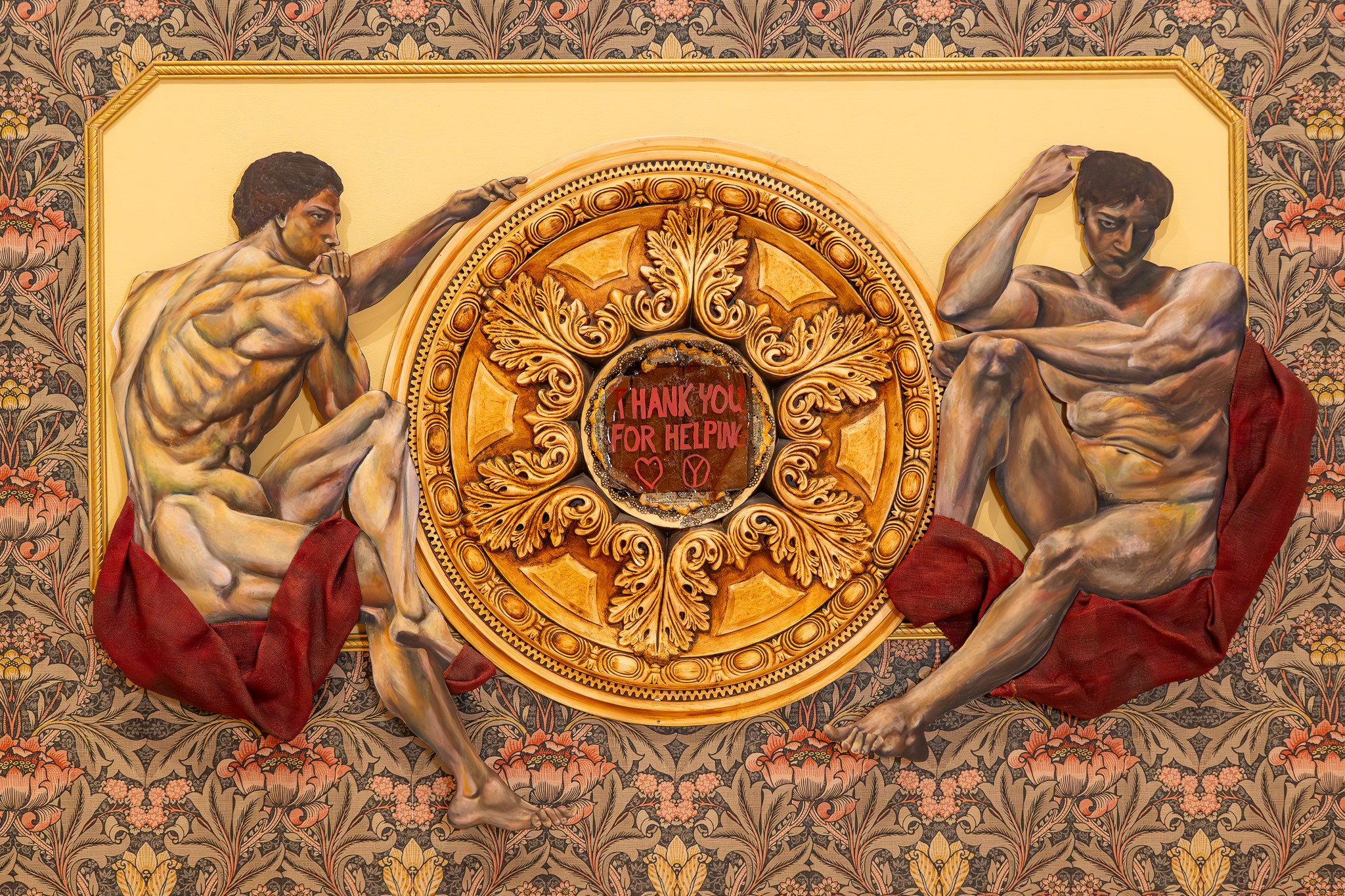
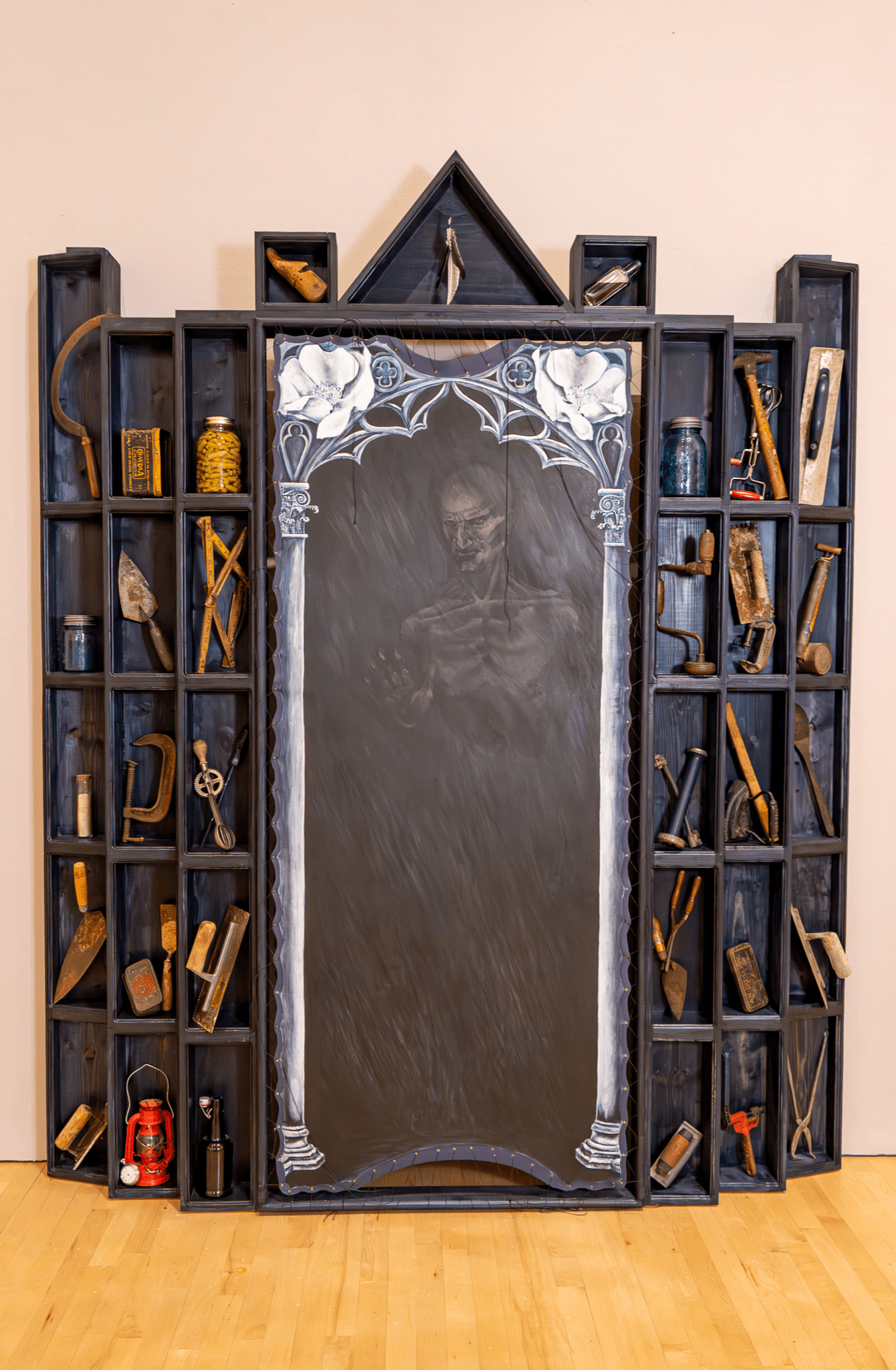
As always, we appreciate you sharing your insights and we’ve got a few more questions for you, but before we get to all of that can you take a minute to introduce yourself and give our readers some of your back background and context?
I’ve always been a maker of strange things. My earliest and most soothing memories are of drawing, painting, and collaging — long before I could even read. But it wasn’t until I was about 19 that I started to consider art as something I could truly pursue. At the time, I had dropped out of college. I was majoring in psychology, but the more I studied the human mind, the more disappointed I became. I was looking for answers and healing, but what I found instead was a disconnect — the kind of distance that didn’t sit well with me.
During that time, I moved to Texas, where I met my future husband. He approached me one day while I was sketching at a kiosk in the mall where I worked. We got to talking about life, and he said something that stuck with me: life is short and precious, and it’s you who has to live with your decisions — no one else. That moment sparked something. By the age of 20, I was back in school, this time pursuing a BFA.
That’s when I met Joseph Norman — an artist and mentor who changed the course of my life. He took me under his wing, saw something in me that I couldn’t see in myself, and taught me to make work that speaks. Not trendy work, not decorative work — but work that carries weight, that tells the truth, and that matters to culture, to history, and to humanity. He encouraged me to pursue an MFA, to push for authenticity, and to trust that my voice has a place. That’s when I made the decision to pursue art not just seriously, but professionally — and with purpose.
Currently, I’m working on a body of mixed media paintings titled “Somethin’ Strange”. These works combine canvas, wood, thread, textiles, and acrylic paint to examine the layered relationship between nature and nurture — particularly through the lens of my upbringing in the rural South. The series explores how formative experiences manifest in the present and how those deeply personal, often strange, visual memories translate into shared cultural inquiries. There’s a psychological landscape in the work, one that sits somewhere between personal reflection and collective recognition — and I’m still working on teasing out that complexity.
In addition to my studio practice, I take on both public and private commissions. I recently completed a commissioned painting for Depaul USA, a nonprofit organization dedicated to ending homelessness. I also teach visual art at Florida Atlantic University and work as a jeweler for a local, family-owned jewelry store — a balance that helps me stay connected to both the academic and craft-oriented sides of art.
My work doesn’t aim to solve problems — it aims to see them, feel them, and offer a space where others can do the same. I believe in art that reflects the emotional residue of living in a flawed and deeply complex world. Much of my work questions agency, hierarchy, and cultural conditioning — not to offer answers, but to hold space for dialogue. In many ways, the work serves as a mirror. It’s not about conclusions. It’s about confrontation, reflection, and recognizing our shared entanglement in these human conditions.
One of the moments I’m most proud of was the completion of my solo show Things Goin’ On: Hierarchical Order, held earlier this year at the Schmidt Gallery in Boca Raton. The show included over 20 works — paintings, drawings, sculptures, and readymades — and invited viewers to consider the intersections of individuality, history, and the systems that govern us. Seeing it all together — the years of thought, research, and emotional weight — was powerful. It reminded me why I do what I do.
What I want people to understand most about my work is this: I am not trying to shock you. I’m not here to anger you, disrespect you, or push some kind of spectacle. If anything, I am with you — in the confusion, the anger, the sorrow, the awe. I make work to help myself digest the unspeakable things. I try to give a face to the realities we often don’t have words for. My hope is that my work creates space — a space where difficult truths can be recognized, honored, and ultimately questioned. I want to give form to the questions that hang in the air and sit in our stomachs. That’s what I believe art can do.

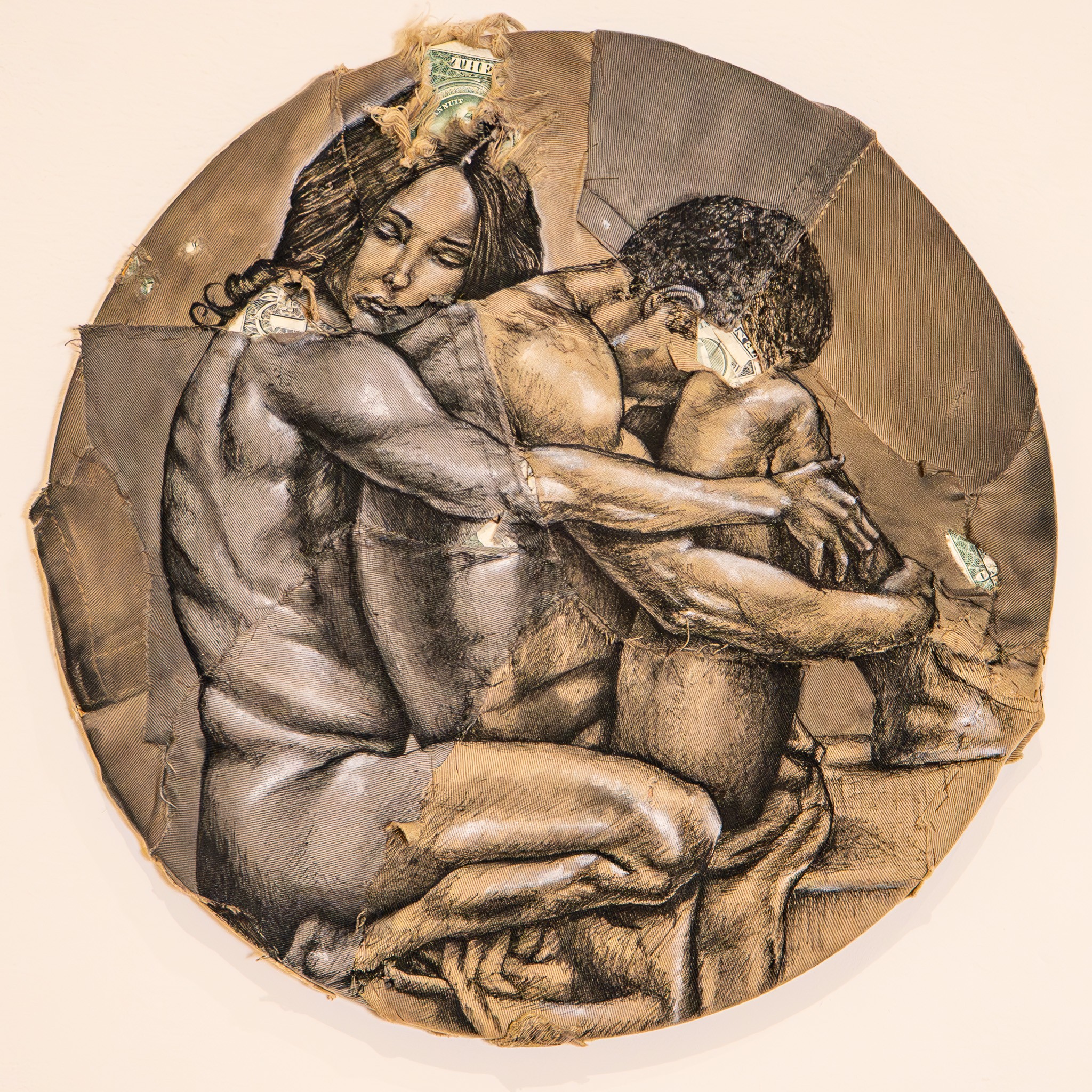
What do you find most rewarding about being a creative?
The most rewarding aspect of being an artist is when a viewer allows the work to guide them toward recognizing the subtle social pathways we often overlook. I’m especially moved when someone reaches out to share that the work not only impacted them, but also stirred something in the friends or family they “dragged along” to the show. There is a power in imagery—when a visual experience has the ability to linger, to echo in someone’s mind long after they’ve left the space. I’ve had people tell me they “can’t unsee” a particular piece, that it sits with them, quietly pressing on their thoughts days or even weeks later. That kind of impact is an incredible honor, and a tremendous responsibility—one I do not take lightly.
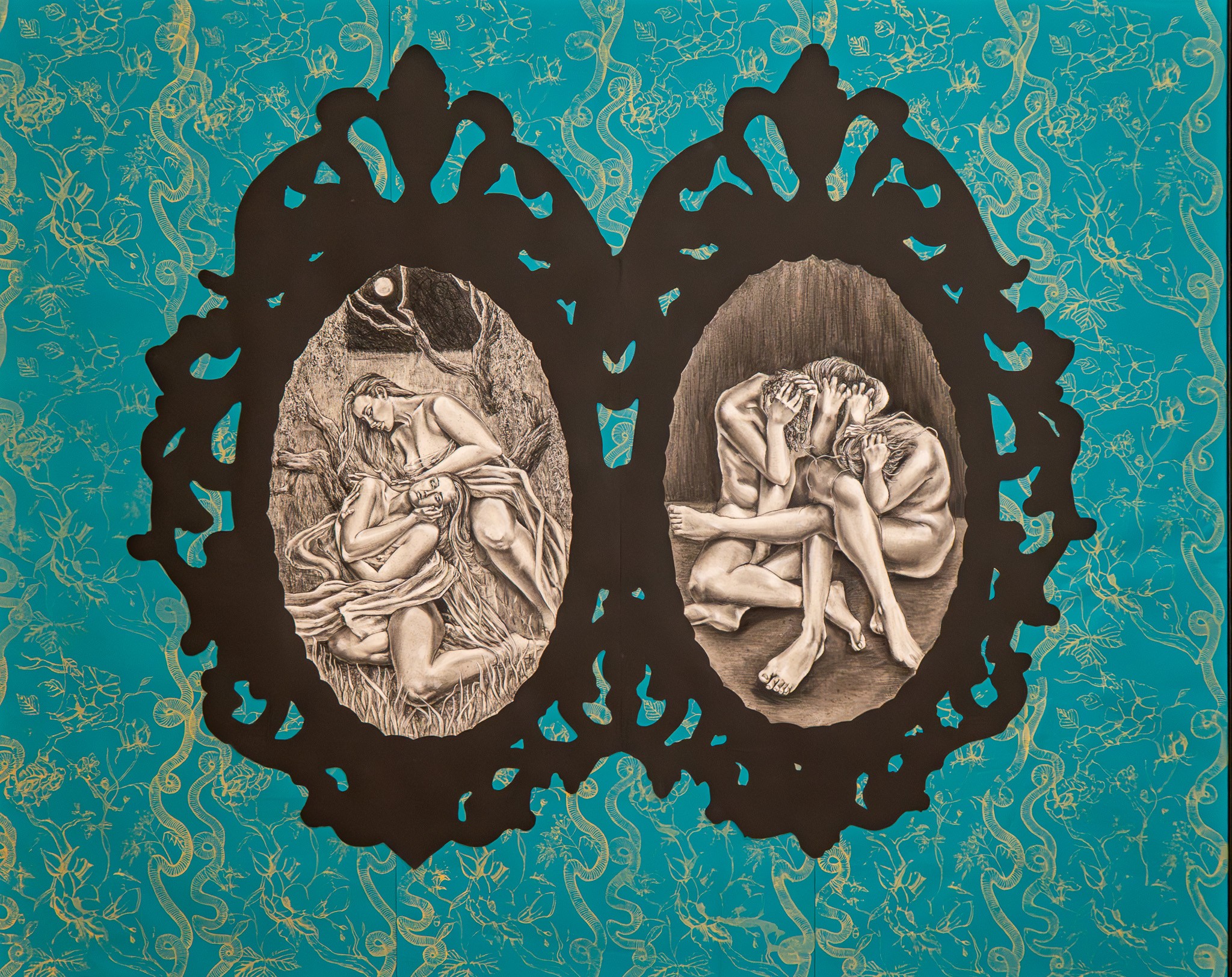
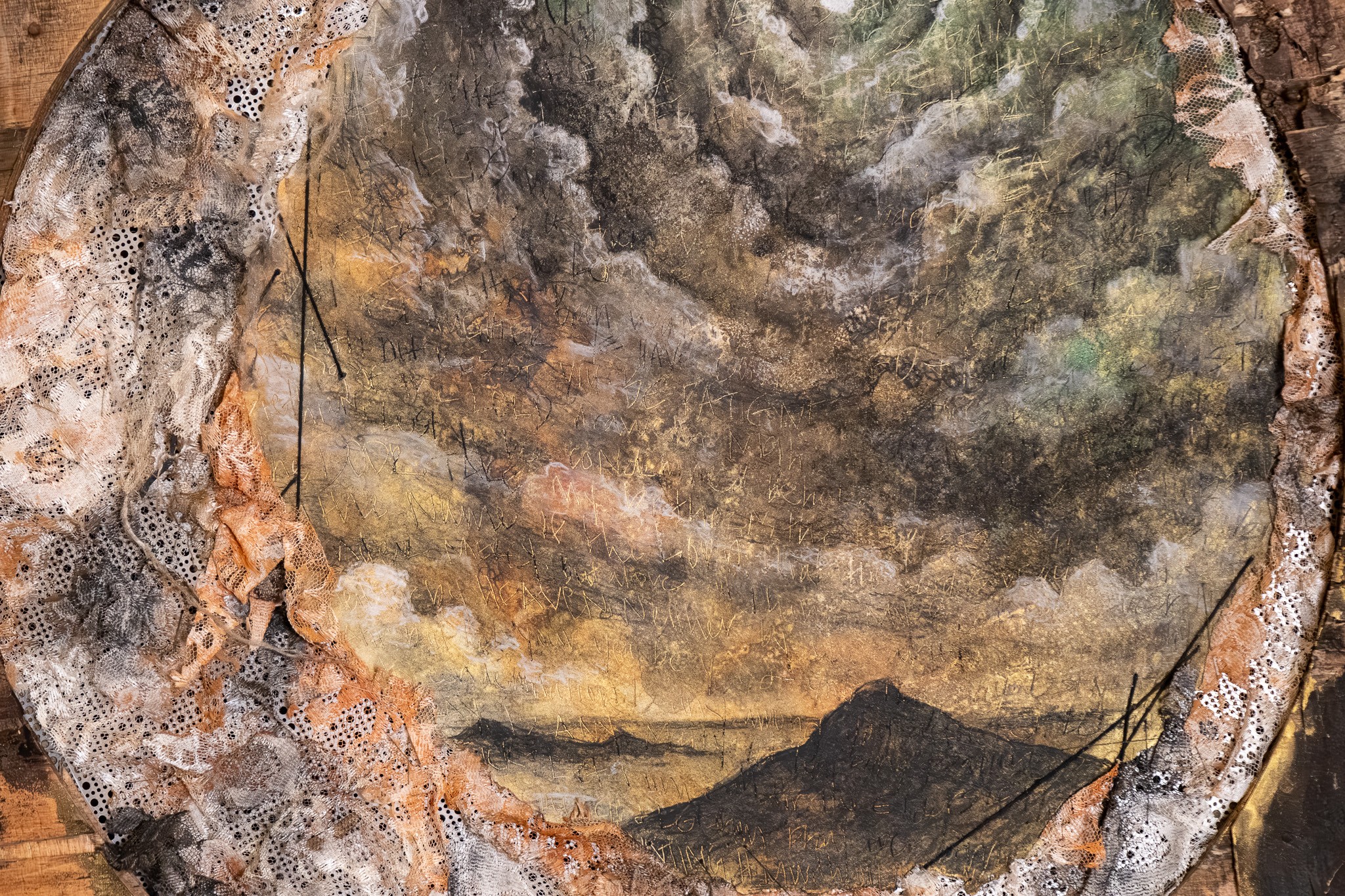
Is there something you think non-creatives will struggle to understand about your journey as a creative?
I think non-creatives often struggle to understand that nearly every step of the artistic journey defies logic, reason, and practicality. And yet—we do it anyway. Most artists are fully aware that recognition or financial reward may never come. Still, we create. That’s what makes art more precious than gold or jewels. Each finished piece is a small miracle—a product of time, chance, and the drive to make something from nothing.
There is no functional purpose to spending hundreds of hours on a painting. It won’t cook dinner or pay a bill. It just exists. And still, for many of us, art-making is the only thing that brings true solace. Most working artists are juggling other jobs—teaching, parenting, bagging groceries, folding laundry—just like anyone else. But in the in-between spaces, we create. Not because it’s profitable, but because it’s necessary.
In that way, making art is a quiet act of rebellion. It’s choosing to believe in beauty, truth, and reflection in a world that often values speed, utility, and surface. The mental gymnastics we go through to rationalize this life are complex—but deeply real. And so when an artist finishes a work, especially in the chaos of life, it’s not just a painting or a sculpture. It’s a testament. A quiet, underappreciated miracle.
Contact Info:
- Instagram: @livy_ray
- Other: [email protected]
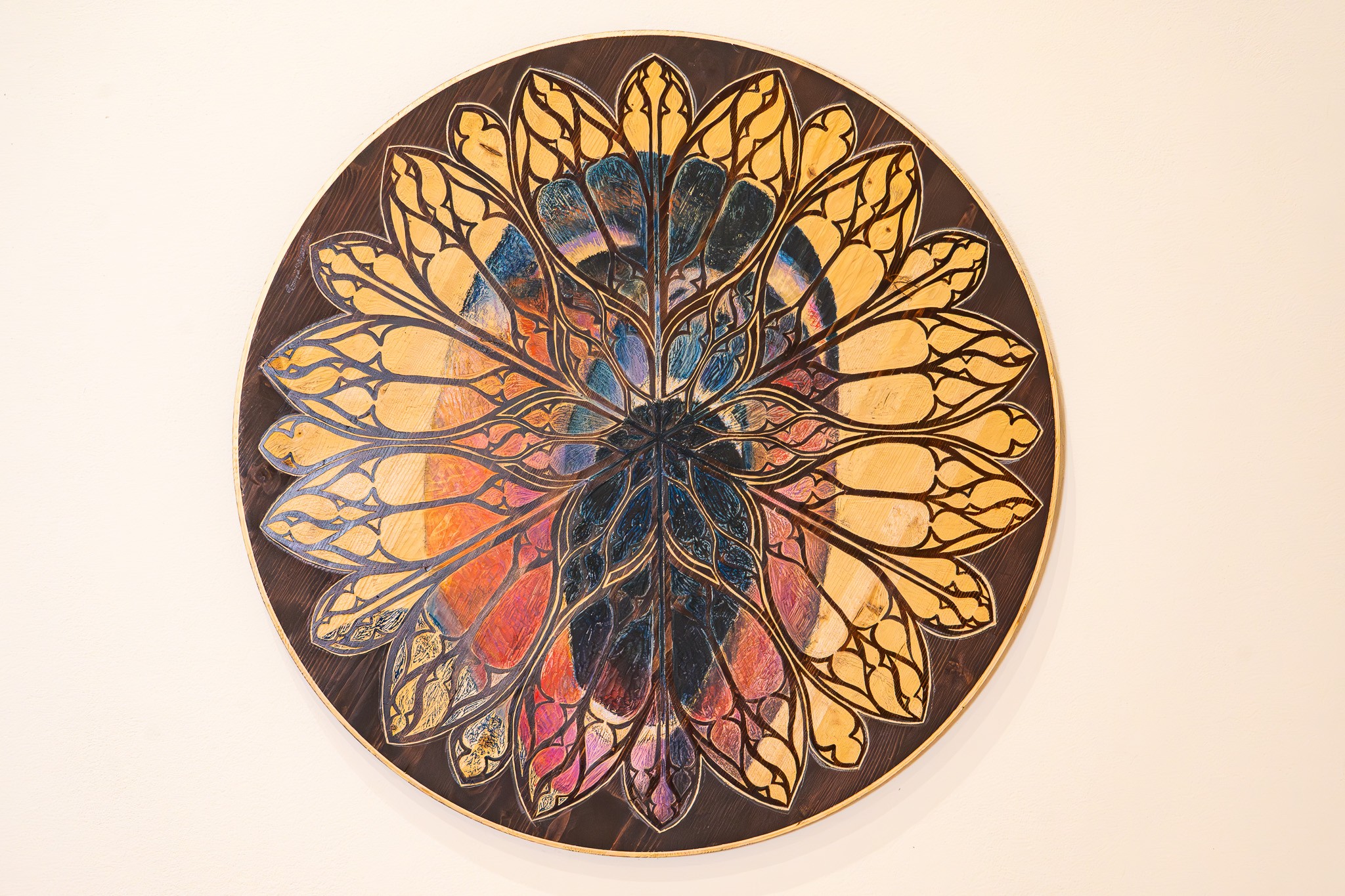

Image Credits
Beatrice Bizarro Gil


